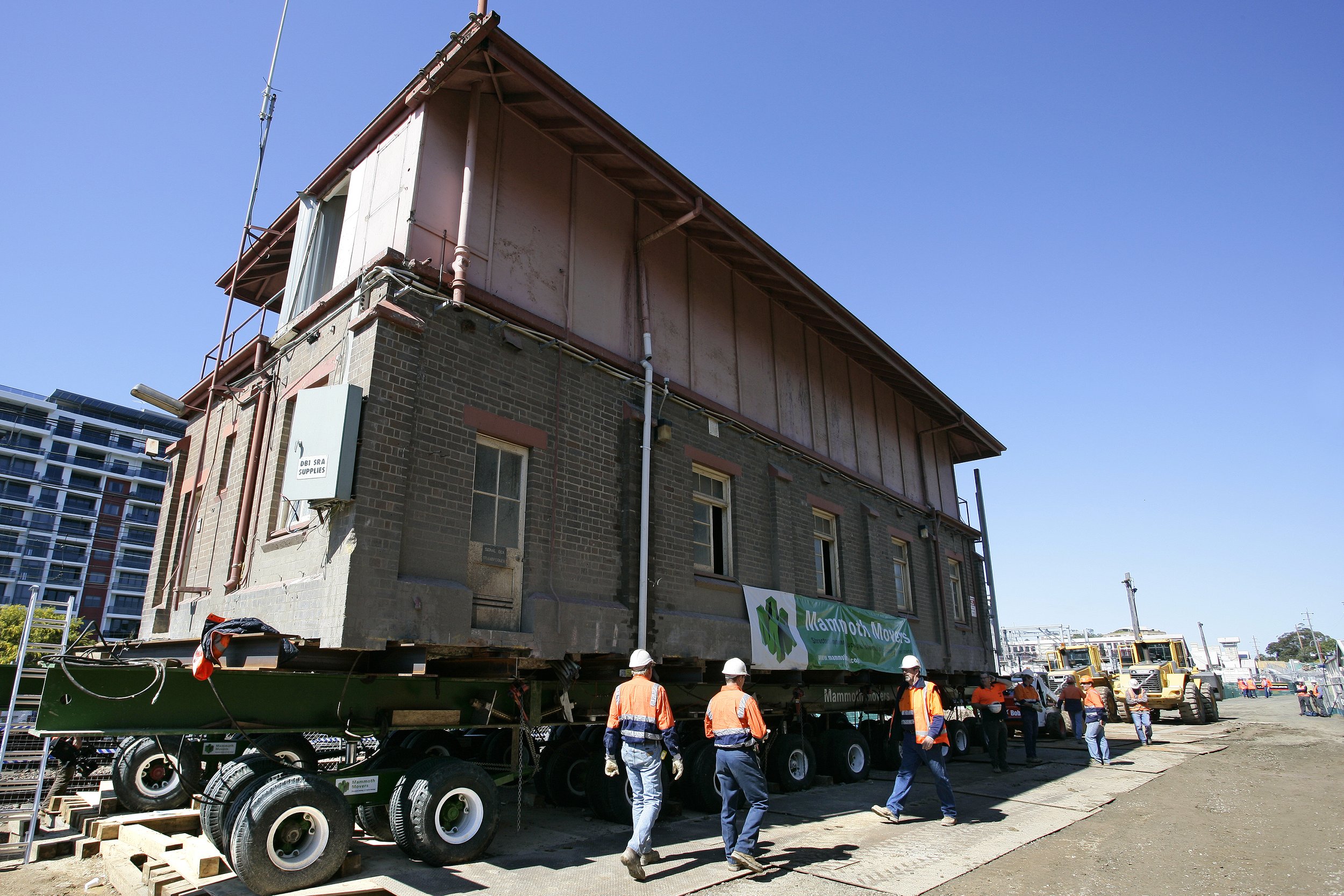
The Art of Masonry Relocation
The Masonry Moving Process: A Closer Look
Mammoth Movers stands as a trailblazer in the field of relocating brick and stone (masonry) buildings. Our commitment to preserving architectural heritage and overcoming logistical challenges sets us apart. In this extended article, we’ll explore the step-by-step process and specialized techniques that make our services exceptional.
1. Inspection of Building
Materials and Construction Method: Our experts meticulously examine the building’s materials, including brick type, mortar, and foundation. Understanding the construction method is crucial.
Structural Integrity Assessment: We evaluate the building’s overall stability, identifying any cracks, weaknesses, or signs of distress.
Route Survey: Anticipating transport challenges, we conduct a thorough survey of the route to the new location, identifying obstacles and evaluating surface contours.
Precise Measurements: We take detailed measurements of the building which feed into the next phase.
2. Weight and Mass Balance Calculations
Weight Calculation: We determine the weight of each building as this determines what equipment is required and in what numbers.
Mass Distribution: Understanding how the weight is distributed allows us to design optimal lifting points, beam sizes and equipment layouts.
3. Permits and Building Consent
Transport Permits: If the relocation involves public roads, we secure the necessary permits. These specify criteria such as escorts and timing.
Development Approval (DA): Similar to new construction, the DA process ensures compliance with safety standards and pest-free conditions.
4. Disconnect Services and Excavate
Utilities Disconnection: Sewage, water, electricity, and telephone services are carefully disconnected.
Excavation: We dig around the house, creating space for the relocation process; excavation and insertion of equipment.
5. Steel Beams and Jacks Installation
Beams: Steel beams are strategically placed under the house to create a rigid pre-deflected platform.
Cribbing Columns and Jacks: These support the building during the lift.
6. Lifting and Dollies Placement
Hydraulic Jacks: Precisely controlled hydraulic jacks, (utilising a unified jacking system), raise the house.
Dollies: Dollies are positioned under the main beams or transfer beams, ensuring stability during transportation.
7. Transportation to New Site
Careful Transport: We move the building to its new location, navigating any obstacles along the way and retaining the building in plane.
8. Unloading and Foundation Placement
Lowering the House: The house is gently lowered towards its new, preprepared foundation.
Underpinning: Concrete block or brickwork is used to underpin the building and transfer the weight bearing wall loads to the new foundation
Removal of equipment: Once the building is supported on the new foundation, the relocation support equipment is lowered, leaving the building on the final position and enabling demobilisation of Mammoth Movers’ equipment.
Specialized Equipment and Proven Methodology
Mammoth Movers’ expertise extends beyond standard relocations:
Masonry Buildings: Our focus on stone and solid brick structures ensures their safe transfer.
Very Heavy Structures: We handle buildings exceeding 100 tonnes, employing purpose-built equipment.
Very Large Structures: Mammoth equipment enables loads generated by the item being relocated to be supported where they are found. The unsurpassed flexibility of our support systems ensure that relocated items are supported where required and are not exposed to undesirable loads which result from more traditional and less flexible moving equipment.

We are experts at moving structures
Whether it’s a historic gem or a substantial structure, Mammoth Movers ensures successful relocations. Architects, engineers, and clients seeking technical insights can contact Mammoth Movers to explore our services further.








